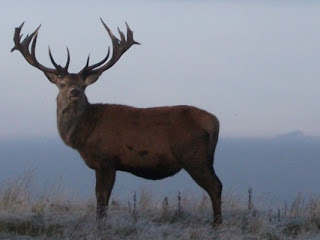A special thank you to our many volunteers who have been such a huge help this year.
Lots of visitors to Lyme Park over the festive period ask how our reindeer are.
Our deer are actually either red or fallow deer, depending on where you are in the park. Reindeer are native to northern regions of Europe, North America, Asia, and Greenland, but not the UK.
Spot the Deer-ference...
 |
| Red deer |
 |
| Fallow deer |
 |
| Reindeer |
Reindeer FACTFILE
Latin name: Rangifer tarandus
Other common name: Caribou
Habitat: Northern regions of Europe, North America, Asia, and Greenland.
- Reindeer are the only members of the deer family in which the males and females both can grow antlers.
- Their annual migration to the Arctic can take them over 5,000km - reputedly the longest migration of any land mammal.
- Male reindeer can grow antlers up to five feet (1.52 meters) long.
- Reindeer weigh from 240 to 700 lbs. (109 to 318 kg).
- Reindeer are hunted by indigenous northern people throughout much of their range. Woodland reindeer are listed as endangered, but other reindeer populations are stable.
So there you have it, now you know your reindeer from your red and fallow deer!
Wishing you a fantastic Christmas and 2013,
The ranger team













